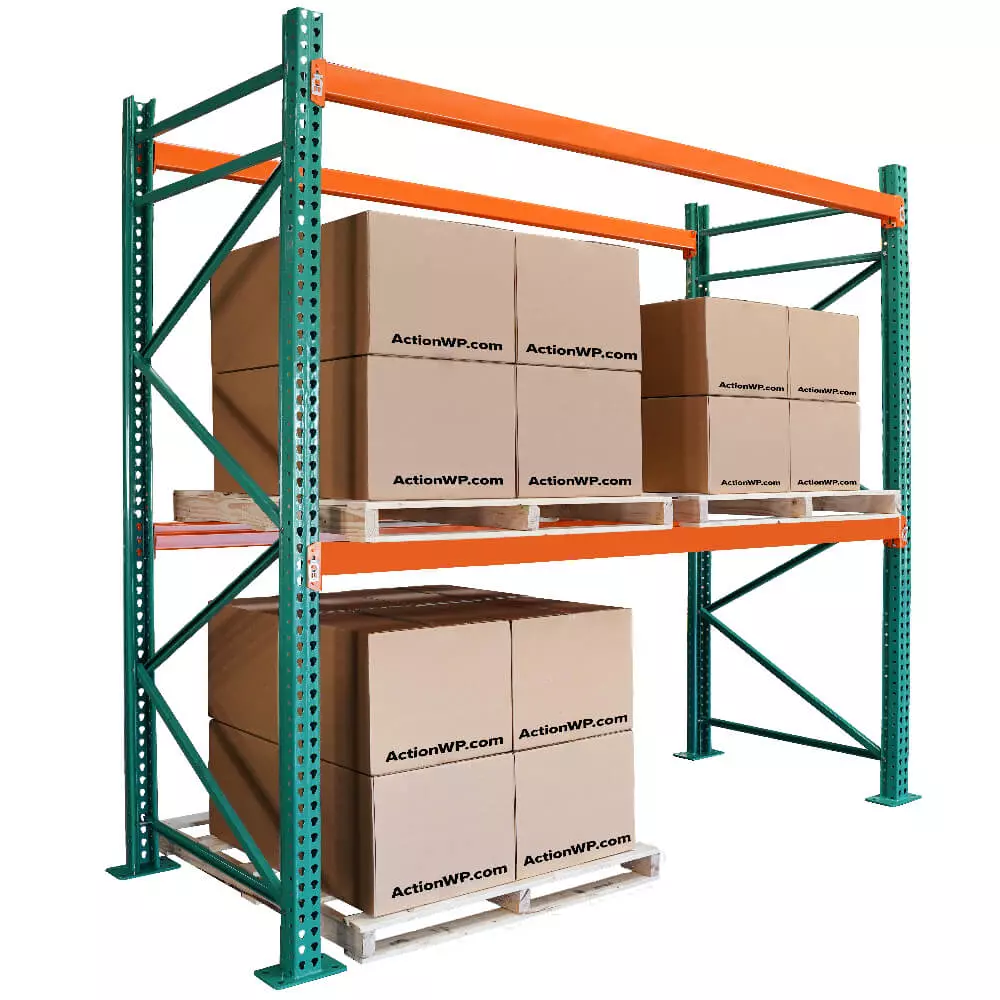
Setting up an efficient warehouse racking system is crucial for maximizing storage space and improving workflow in a warehouse. With the right racking system in place, you can optimize space utilization, enhance inventory management, and streamline order fulfillment processes. In this ultimate guide, brought to you by North American Steel, we will walk you through the key steps and considerations to help you set up a warehouse racking system that meets your specific needs. Whether you're looking to organize a small storage facility or outfitting a large distribution center, our expertise in steel racking solutions ensures that you'll find the perfect system to boost efficiency and productivity in your warehouse.
1. Assess Your Warehouse Needs
Before you start setting up a warehouse racking system, it's important to assess your warehouse's specific needs and requirements. Consider the following factors:
Key Considerations:
- Types of products being stored
- Storage capacity requirements
- Available floor space
- Material handling equipment used
- Inventory turnover rates
2. Choose the Right Racking System
There are various types of racking systems available, each designed for different storage needs. Selecting the right racking system is essential for maximizing space utilization and improving efficiency. Common types of racking systems include:
Types of Racking Systems:
- Selective pallet racking
- Drive-in racking
- Push-back racking
- Cantilever racking
- Carton flow racking
- Mezzanine racking
3. Plan Your Racking Layout
Once you've chosen the right racking system, it's time to plan out the layout of your warehouse racks. A well-thought-out racking layout will help optimize storage space and streamline operations. Consider the following tips when planning your racking layout:
Layout Tips:
- Maximize vertical space by utilizing tall racks
- Organize racks based on product size and turnover rates
- Leave adequate aisle space for material handling equipment
- Implement labeling and signage for easy identification
- Consider future growth and scalability in your layout design
4. Install Your Racking System
With your racking layout plan in hand, it's time to install your racking system. Proper installation is key to ensuring the safety and stability of your racks. Follow these guidelines for a successful racking system installation:
Installation Guidelines:
- Follow manufacturer's assembly instructions carefully
- Ensure racks are securely anchored to the floor
- Check for level and alignment of racks
- Inspect racks for any defects or damage before use
- Train warehouse staff on racking system safety and usage
5. Implement Safety Measures
Safety should be a top priority when setting up a warehouse racking system. Implementing safety measures will help prevent accidents and injuries in the workplace. Consider the following safety tips:
Safety Tips:
- Regularly inspect racks for damage or signs of wear
- Adhere to weight capacity limits for each rack level
- Use safety accessories such as rack guards and safety nets
- Train staff on safe loading and unloading practices
- Keep aisles clear of obstructions for easy access
6. Maintain and Review Your Racking System
Regular maintenance and reviews of your racking system are essential for ensuring its longevity and performance. By conducting routine inspections and reviews, you can identify any issues early and address them promptly. Here are some maintenance tips:
Maintenance Tips:
- Inspect racks for damage, rust, or corrosion
- Tighten bolts and fasteners regularly
- Replace damaged components as needed
- Review inventory placement to optimize space usage
- Schedule regular reviews of your racking system's performance
Setting up a warehouse racking system requires careful planning, selection, and installation to ensure optimal performance and efficiency. By following the steps and tips outlined in this ultimate guide, you can create a well-organized and functional racking system that meets your warehouse's needs. Remember to prioritize safety and maintenance to keep your racking system in top condition for years to come.
